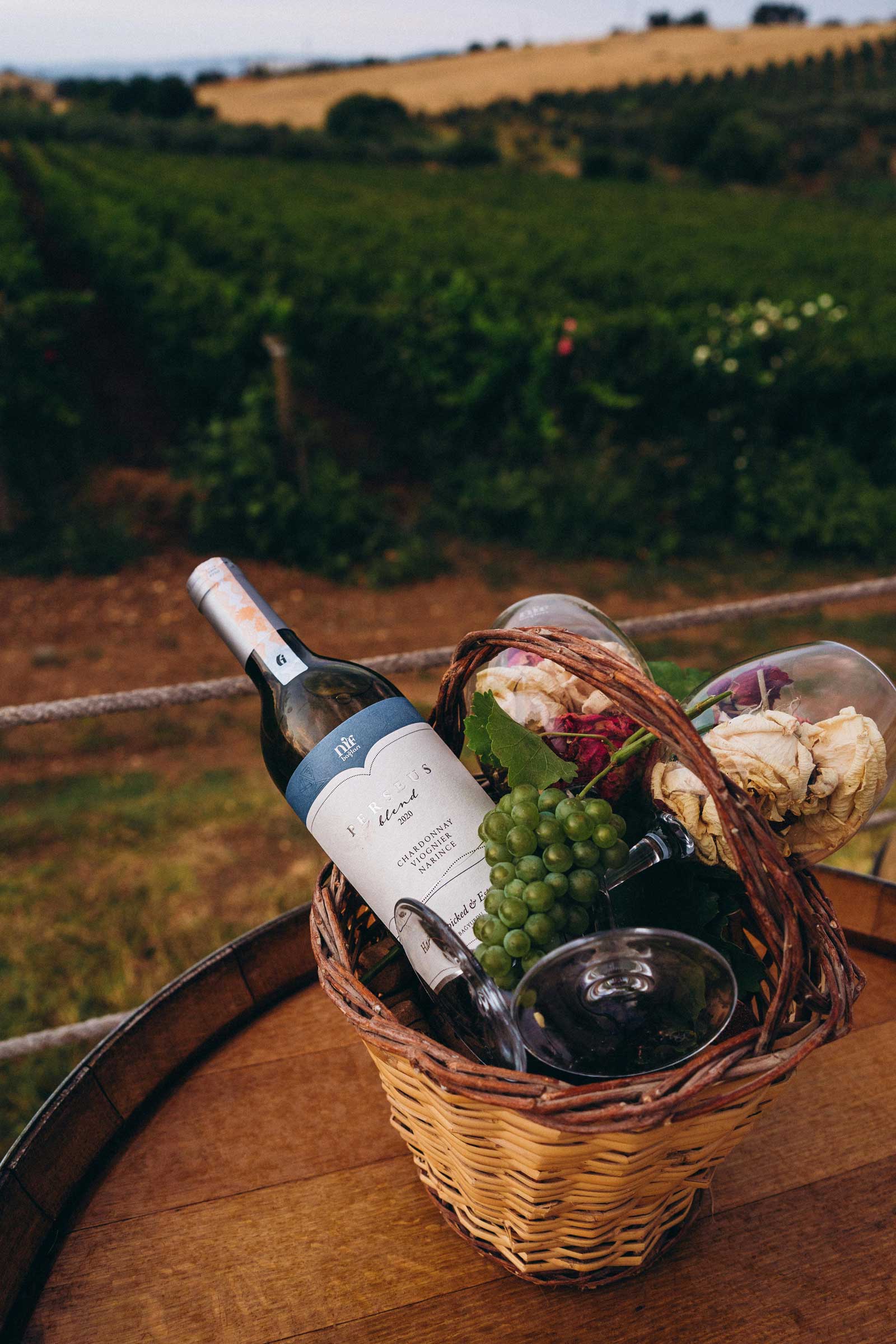France, a country renowned for its rich cultural tapestry, has a wine landscape that is equally diverse and intricate. The wine regions of France are like pieces of a puzzle, each contributing a unique flavor profile that reflects the terroir, grape varieties, and winemaking traditions of the area. Let’s embark on a journey through the map of French wines, exploring the nuances of some of the most iconic wine regions.
Bordeaux: The Elegance of the Left and Right Banks
In the southwestern part of France lies Bordeaux, a region synonymous with elegance and complexity. Divided by the Gironde River, Bordeaux boasts two distinctive sides—the Left Bank and the Right Bank. The Left Bank is known for its Cabernet Sauvignon-dominated blends, producing wines like those from the renowned Pauillac and Margaux appellations. Meanwhile, the Right Bank, with areas like Saint-Émilion and Pomerol, leans toward Merlot, yielding wines that are opulent and velvety.
Burgundy: Pinot Noir and Chardonnay Masterpieces
Nestled in eastern France, Burgundy is a patchwork of small vineyards, each meticulously tended by generations of winemakers. Here, the focus is on two noble grape varieties—Pinot Noir and Chardonnay. The region is divided into sub-regions such as the Côte de Nuits and the Côte de Beaune, each imparting its unique character to the wines. Burgundy wines are revered for their subtlety, finesse, and the ability to express the nuances of the individual vineyards.
Champagne: Bubbles from the Chalky Soils
To the northeast, the Champagne region produces the world’s most celebrated sparkling wine. The cool climate and chalky soils contribute to the crisp acidity and delicate effervescence of Champagne. The three primary grape varieties used are Chardonnay, Pinot Noir, and Pinot Meunier. From the iconic houses in Reims to the smaller growers in the Aube, Champagne offers a spectrum of styles, from the zesty and citrusy to the rich and toasty.
Alsace: A Mosaic of Aromas
Bordering Germany in the northeast, Alsace is known for its aromatic white wines. The region’s unique climate, sheltered by the Vosges Mountains, allows for the cultivation of grape varieties such as Riesling, Gewürztraminer, and Muscat. Alsace wines are characterized by their floral aromas, vibrant acidity, and the ability to pair seamlessly with a variety of cuisines.
Rhône Valley: Syrah and Grenache in Harmony
Stretching along the Rhône River in southeastern France, the Rhône Valley is divided into two distinct regions—the Northern Rhône and the Southern Rhône. In the north, Syrah takes center stage, producing robust and age-worthy wines in appellations like Côte-Rôtie and Hermitage. In the south, the focus shifts to Grenache, creating bold and spicy wines, particularly in Châteauneuf-du-Pape. The Rhône Valley is a testament to the diversity of grape varieties and terroirs within a single wine region.
Provence: Rosé Paradise
On the sun-drenched hills of Provence, the emphasis is on rosé wines. Known for their pale hues and refreshing qualities, Provencal rosés are crafted from a blend of grape varieties such as Grenache, Cinsault, and Mourvèdre. The wines mirror the relaxed lifestyle of the region, evoking images of leisurely afternoons under the Mediterranean sun.
Conclusion
The map of French wines is a captivating journey through diverse landscapes and centuries-old traditions. Each region tells a story through its wines, a narrative woven from the interplay of soil, climate, and the passion of the winemakers. Whether sipping a velvety Bordeaux, a nuanced Burgundy, or a lively Champagne, exploring the map of French wines is an odyssey into the heart of one of the world’s most revered wine cultures.
